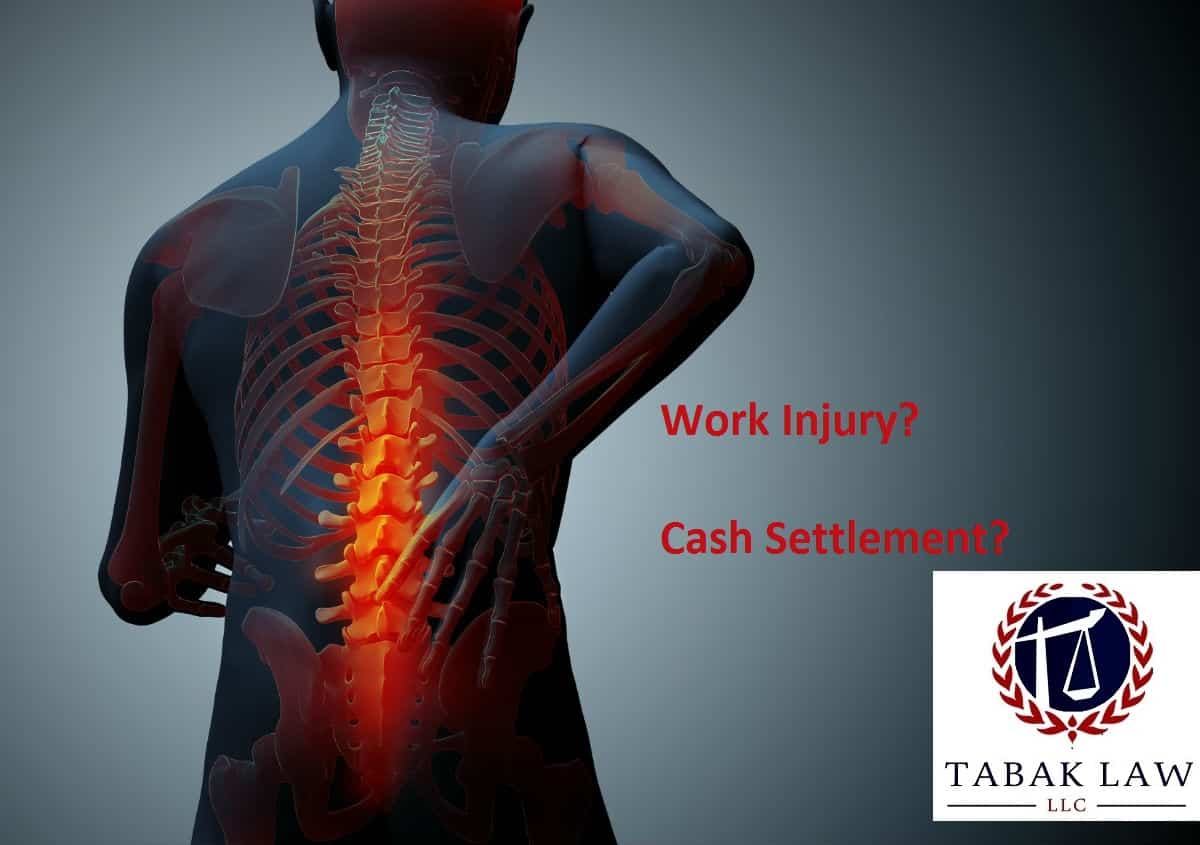With more than 50,000 new cases of CRPS being diagnosed in the United States each year it is not uncommon to see an injured worker dealing with this horrible disease after a suffering a work injury. Unfortunately, the effects of Complex Regional Pain Syndrome can be utterly debilitating leaving the injured worker unemployable. The question the following blog post seeks to address is whether these claims must be brought forth solely as a smaller scheduled injury claim or due to their global nature of Complex Regional Pain Syndrome, if they should be classified as unscheduled.
CRPS (complex regional pain syndrome) formerly know as RSD, or reflex sympathetic dystrophy. It is estimated that 50,000 new cases of CRPS occur each year in the United States.
People with Complex Regional Pain Syndrome experience intense pain in their limbs, hands, and feet, as well as changes in skin color, temperature (first warm, then cold), and loss of movement or function. In most cases, the pain is constant. There may also be changes in hair and nail growth in the affected limb.
Complex Regional Pain Syndrome sometimes starts spontaneously, but it usually occurs after an injury (oftentimes a work injury)—usually a fracture. While it is unusual, some patients develop Complex Regional Pain Syndrome after a stroke, heart attack, surgery, or other condition. The syndrome is somewhat
mysterious because:
- patients’ pain is often greater than one would expect from the injury they received (hyperalgesia),
- patients are more sensitivity to a stimulus (hyperesthesia)
- patients may experience pain to a non-painful event (allodynia)
- the pain continues for months or years after an injury appears healed
Physicians and neuroscientists do not know why patients’ nervous systems malfunction and broadcast fierce pain signals, causing Complex Regional Pain Syndrome. In fact, there is usually a lack of a specific nerve injury (or trigger).
The Wisconsin Labor and Industry Review Commission generally makes the scheduled vs. unscheduled distinction based on the location of pain and symptoms. See Michael S. Murawski v. Contract Transport Services, WC Claim No. 2000-041229 (LIRC Nov. 26, 2003). If the pain is located to a limb or extremity the loss is classified as a scheduled injury. However, prevailing empirical data demonstrates that the likely cause of CRPS is often not where the pain is felt, but rather originates from the central nervous system–clearly an unscheduled injury claim.
The real take away from the above post is to discuss the effects of a work related Complex Regional Pain Syndrome diagnosis with your doctor to ensure that they are aware of the global effects that such a disorder has on someones entire body–record keeping and a good physician relationship are so very important.


